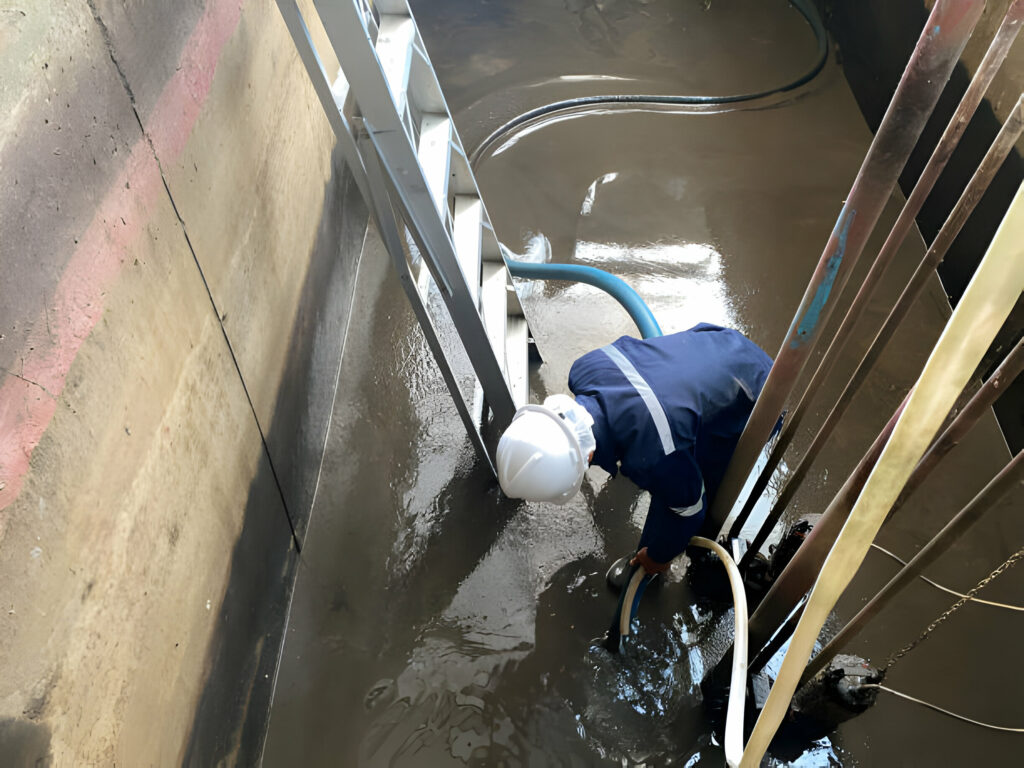
Underwater construction is one of the most technically demanding and complex areas of modern engineering. From building bridges and tunnels to creating offshore oil rigs and renewable energy solutions, each project presents unique challenges and requires specialized skills, tools, and techniques. Despite the difficulty, underwater construction plays a crucial role in supporting infrastructure and advancing technological progress.
In this article, we’ll walk through the key steps involved in an underwater construction project, highlighting the process from planning and design to execution and post-construction activities.
1. Project Planning and Initial Assessment
Every successful underwater construction project begins with meticulous planning and research. Before construction can begin, the project must be thoroughly assessed to ensure it is feasible and will meet all objectives.
Site Survey and Environmental Assessment
The first step in the planning phase is to conduct a detailed site survey. Engineers use a variety of methods such as sonar scans, submersible robots, and divers to gather crucial data about the underwater terrain, currents, sediment, and marine life.
An environmental impact assessment (EIA) is also conducted at this stage to evaluate the potential effects on local ecosystems and wildlife. This is essential for complying with environmental regulations and ensuring the sustainability of the project. The findings help shape the construction plans to mitigate environmental damage.
Defining the Project Scope
During this phase, project managers define the construction’s scope and objectives. This includes understanding the structure being built, the materials required, timelines, and the challenges that need to be addressed, such as water depth, weather conditions, and the complexity of the site.
2. Engineering and Design
Once the initial research and planning have been completed, the next step is the engineering and design phase. This is where the project starts to take shape from a conceptual standpoint.
Structural Design
The engineers work to design the structure, such as a bridge, pier, dam, or offshore oil platform, keeping in mind the unique underwater conditions. The design must ensure structural integrity in a challenging environment where high water pressure, shifting sediments, and harsh marine conditions prevail.
Material Selection
Choosing the right materials is crucial in underwater construction. Materials need to be durable and resistant to corrosion, pressure, and water exposure. For example, concrete with high resistance to seawater corrosion, stainless steel, and specialized coatings are often used.
Logistics and Equipment Design
Underwater projects require specialized construction equipment. Engineers will assess and design the required machinery, including cranes, dredgers, pile drivers, and diving equipment. The logistics team determines how the equipment will be transported, assembled, and used in the field.
3. Mobilization and Preparation
After the design and planning stages, the project transitions into the preparation and mobilization phase. This involves setting up the construction site and getting all necessary equipment and personnel ready to begin the work.
Site Preparation
Preparing the site involves clearing any underwater obstacles, such as rocks, debris, or old infrastructure. If required, dredging operations may also be carried out to clear the seabed or to deepen the area where construction will take place.
Mobilizing Construction Equipment
Construction equipment, such as underwater cranes, diving rigs, and transport barges, is transported to the site. Special equipment like remotely operated vehicles (ROVs), divers, and underwater welding machines will be deployed as needed.
4. Underwater Construction Execution
The core phase of any underwater project is the actual construction work. This stage is carried out by highly skilled teams of divers, engineers, and construction workers, often working in challenging, high-pressure environments.
Diving Operations
Divers are often at the forefront of underwater construction. They assist in tasks such as placing materials, welding structures, and carrying out inspections. They are equipped with specialized diving suits, underwater breathing apparatus, and communication systems to ensure their safety while working at great depths.
Use of Remote Operated Vehicles (ROVs)
For deeper and more complex tasks, ROVs are frequently used. These unmanned vehicles are equipped with cameras, lights, and robotic arms, allowing operators to perform tasks such as collecting samples, inspecting structures, or placing underwater components without the need for divers.
Underwater Welding and Cutting
Underwater welding is often required for repairing or assembling structures like pipelines, bridges, and other steel or concrete materials. This highly specialized process involves using electric arc welding in submerged conditions. Safety is a major concern here, as there is a risk of electrical shock, so divers use insulated welding equipment and work in controlled conditions.
Placing Structures
Construction teams carefully place structures, such as concrete blocks, steel piles, or entire prefabricated units, at the required location on the seabed. Special techniques like concrete pumping and jack-up barges are used to transport materials to the site.
5. Inspection and Quality Control
Quality control is paramount in underwater construction. Structures built beneath the waves are subject to immense water pressure, corrosion, and environmental stress. It is critical that each stage of construction is thoroughly inspected to ensure it meets the design specifications and safety standards.
Subsea Inspections
Frequent subsea inspections are conducted using diving teams, ROVs, and sonar equipment to ensure that construction is proceeding as planned and no issues arise during installation. These inspections identify any structural flaws, material issues, or safety hazards before they can escalate.
Quality Assurance Testing
After key construction activities are completed, quality assurance tests such as stress tests, load tests, and material integrity tests are conducted. These tests ensure that the structure can withstand the harsh conditions of the underwater environment.
6. Finalization and Post-Construction Activities
Once construction is complete, the project moves into the finalization stage, which includes commissioning, cleanup, and handing over the structure to the client or responsible authorities.
Commissioning and Testing
The completed structure is tested for its intended use. This may involve testing systems, such as pumps, electrical connections, and any machinery housed within the structure, to ensure that it operates properly. For offshore structures like oil rigs or wind farms, these tests ensure that the structure can function safely and effectively.
Cleaning and Environmental Restoration
Any construction debris, leftover materials, or waste generated during the process is cleaned up and removed from the site. Environmental restoration efforts may also be undertaken to mitigate any negative impacts caused by the construction, such as seeding underwater habitats or rebuilding coral reefs.
7. Ongoing Maintenance and Monitoring
Once the structure is operational, ongoing maintenance and monitoring are essential to ensure the longevity and safety of the underwater construction. Regular inspections, maintenance schedules, and monitoring systems help identify and address potential problems, such as corrosion, structural wear, or environmental damage.
Scheduled Inspections
Routine inspections are conducted at regular intervals to detect early signs of wear and tear. This is especially important for submerged structures exposed to harsh marine conditions.
Monitoring Systems
Underwater construction projects often incorporate advanced monitoring systems, such as sensors, cameras, and environmental monitoring tools, to continuously assess the condition of the structure and the surrounding environment.
Conclusion
Underwater construction is an intricate process that requires expertise, planning, and precision. By navigating through various phases, including planning, design, execution, and post-construction activities, engineers can create robust structures that meet the demands of the underwater environment.
From managing the challenges of working in deep-sea conditions to ensuring safety and environmental sustainability, successful underwater construction relies on careful coordination between teams of skilled professionals and the use of cutting-edge technology. By understanding these key steps, stakeholders can ensure that projects are carried out efficiently and with the least environmental impact, paving the way for future advancements in marine infrastructure.
